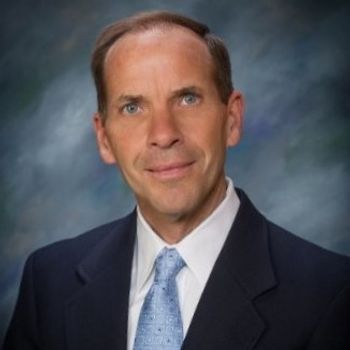
Healthcare billing should look to other industries to improve
Healthcare can learn to streamline billing from payment processing tools used in other industries.
Healthcare billing can be a friction-filled experience for patients, and a pain point for physicians. When it comes to payments, “Healthcare has really been stuck in the same old antiquated, statement-in-the-mail confusion,” says Chris Seib, California-based co-founder and Chief Technical Officer of InstaMed, a healthcare payments network that aims to streamline the business side of healthcare.
Removing the friction in billing
However, this friction can be reduced, he says, if physicians and practices take a page out of other industries’ payment processing book. He points out how online sellers like Amazon and Etsy have developed “frictionless payment experiences” by streamlining the payment process and providing options for payment, as well as the ability to pay for multiple services or products in one place.
InstaMed’s own market research has found that three out of four consumers would prefer to be fully electronic and not get paper in the mail, he explains.
It’s worth it to a physician practice to find ways to facilitate a more digital and customizable approach because, Seib says, “sixty-five percent of consumers would switch healthcare providers for a better payment experience.”
In fact, he cites a Becker’s Hospital Review report that showed patient satisfaction ratings before and after the billing experience. “You saw a drop of about thirty points after the billing experience. Why take a hopefully very great care experience and turn it into a negative overall brand impression for that provider group, practice or clinic when you can turn it into a strong experience?”
He recommends that physicians think “consumer first” when it comes to billing and actually ask patients: “How do you want to do business with us?” From informal querying by front desk staff, to a formal survey of patients, answers can be easy to come by.
Options are key
On the practical level, taking the friction out of billing means several things: creating clear expectations up front so patients know how they can pay, and what they can pay, offering automatic payment solutions, and other options-many of which can be slotted into existing EHR.
“There’s no single, one-size-fits-all solution,” he says. “The more options [patients have] and the more visibility and control they have over what’s going on, providers are going to get paid faster and they’re going to collect more.”
InstaMed’s research shows that patients want to pay, and can pay “if it’s easy and there are good options like payment plans. But if it’s just pay me this whole $2000 bill right now or I’m sending you to collections, that’s an all or nothing equation.”
Being flexible and open to patients pays off. “When you really do business the way that your patients want…you’ll get some real significant business advantages, first and foremost, attraction and retention, and overall patient satisfaction.”
Stay open to new billing methods
Another new change in the way patients make payments is a move toward tools where patients can pay all their healthcare bills in one place. For instance, he shares that when his wife was pregnant with their now 8-month-old, it was not unusual for her to receive three bills: from an outside lab for blood work, for the office visit itself, and a contracted ultrasound company. If she could have paid for the entire visit in one method, she would have preferred that.
“71 percent of consumers do want to go to one place to pay all of their healthcare bills. You should be able to get one payment partner to streamline payment methods,” Seib says.
However, a physician practice goes about trying to reduce friction in billing, Seib urges, “Don’t let the barriers of healthcare get in the way of the innovation that’s occurred in other industries, which the consumer really expects.”
Newsletter
Stay informed and empowered with Medical Economics enewsletter, delivering expert insights, financial strategies, practice management tips and technology trends — tailored for today’s physicians.
















